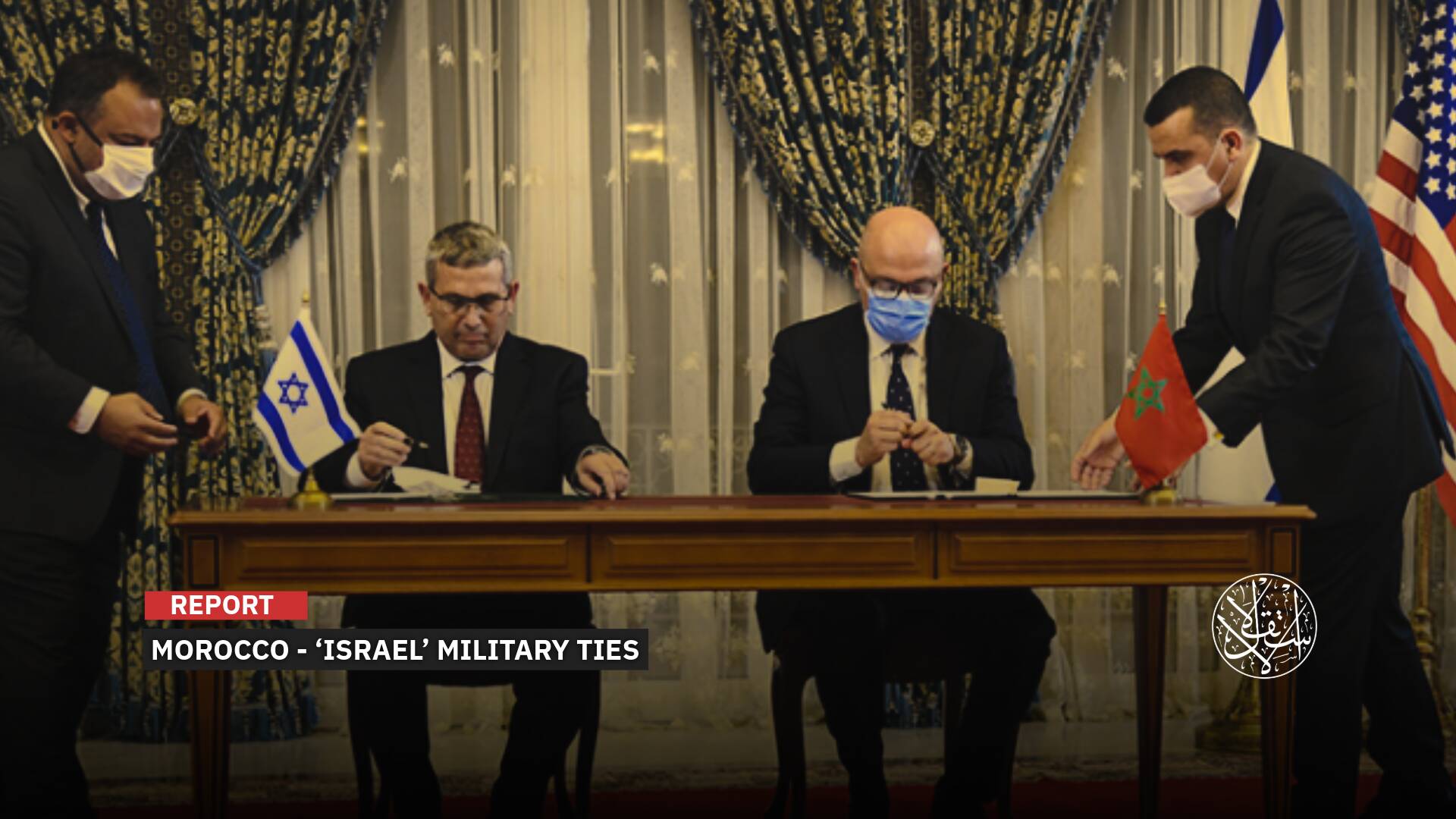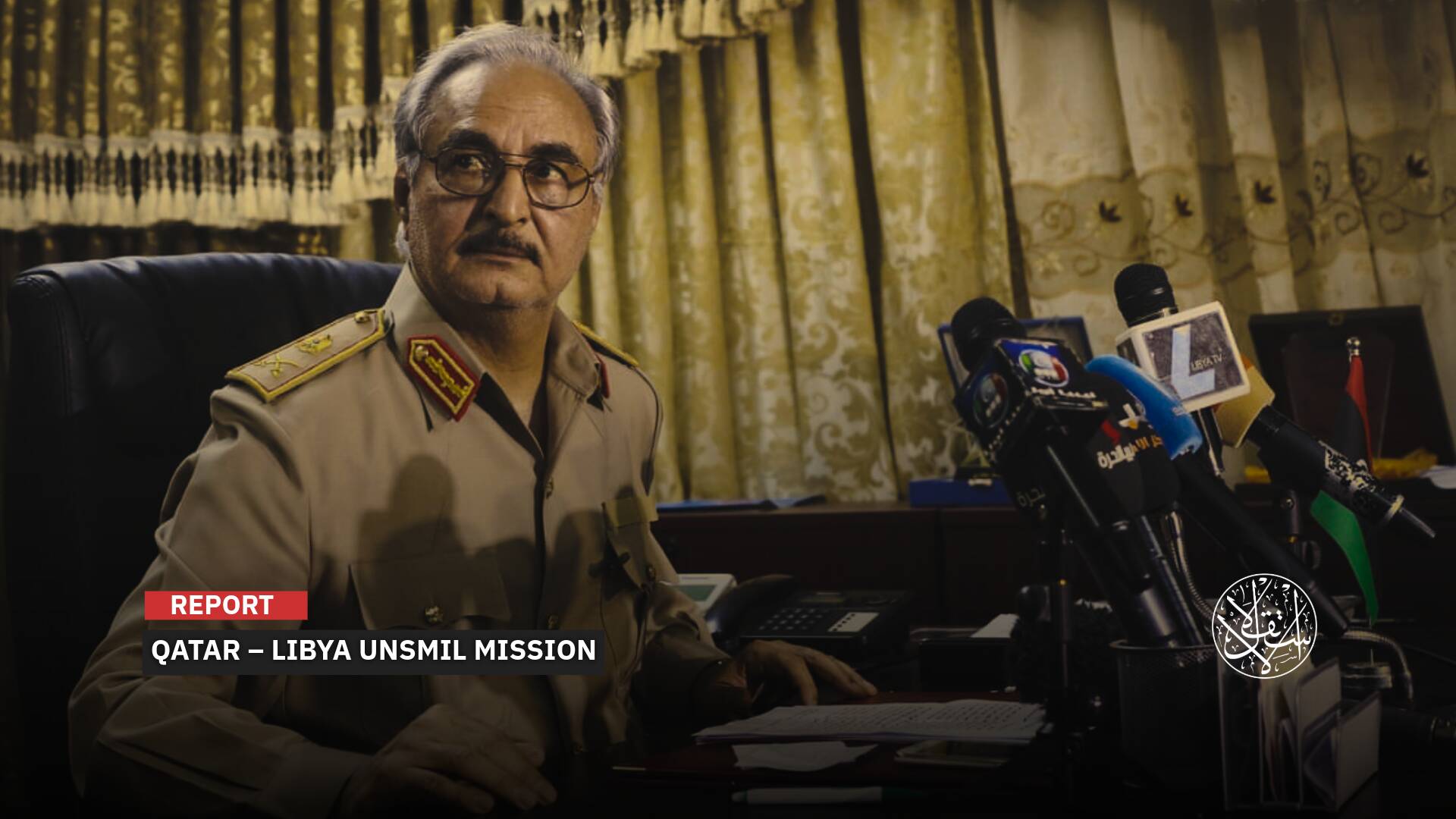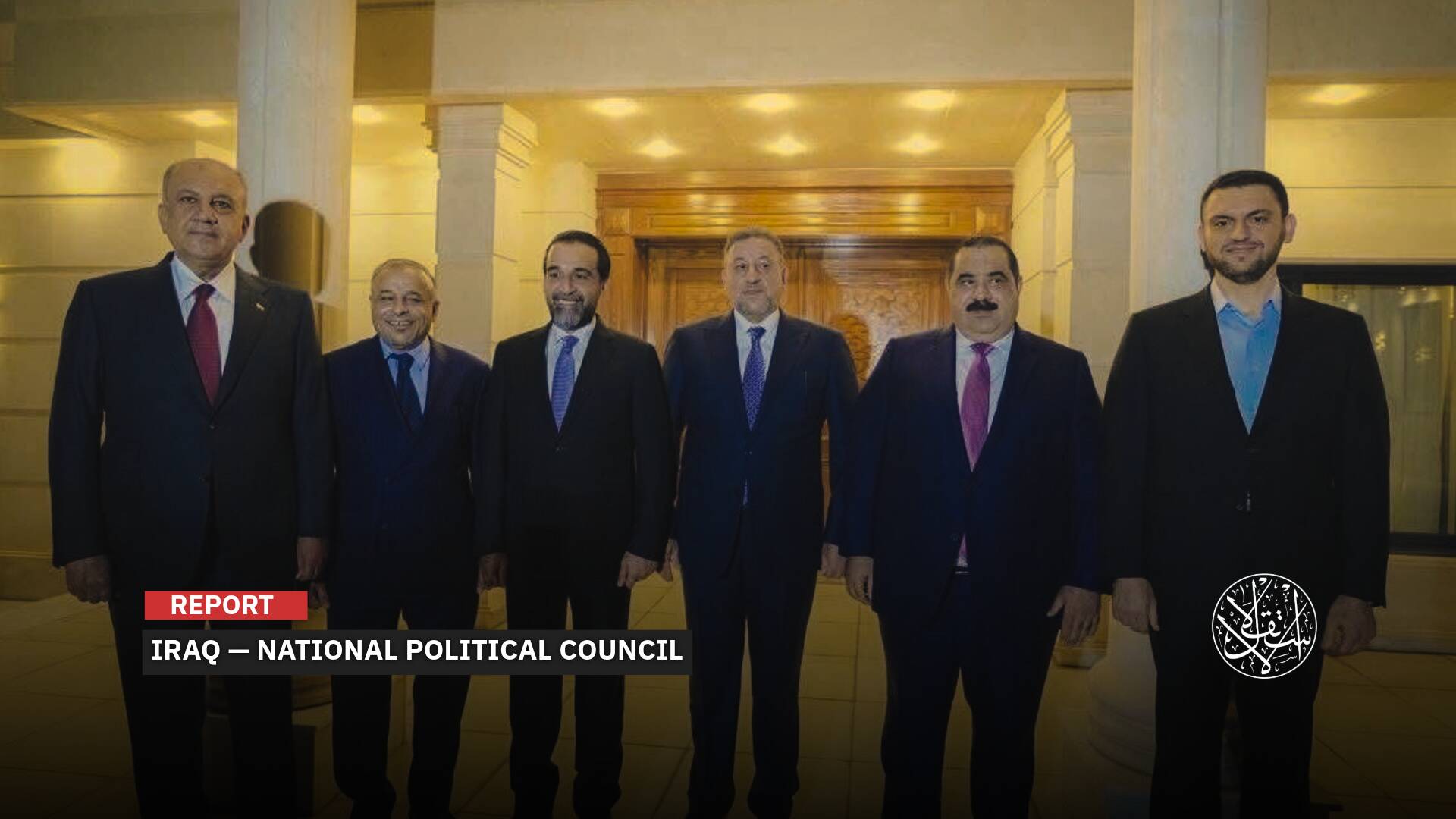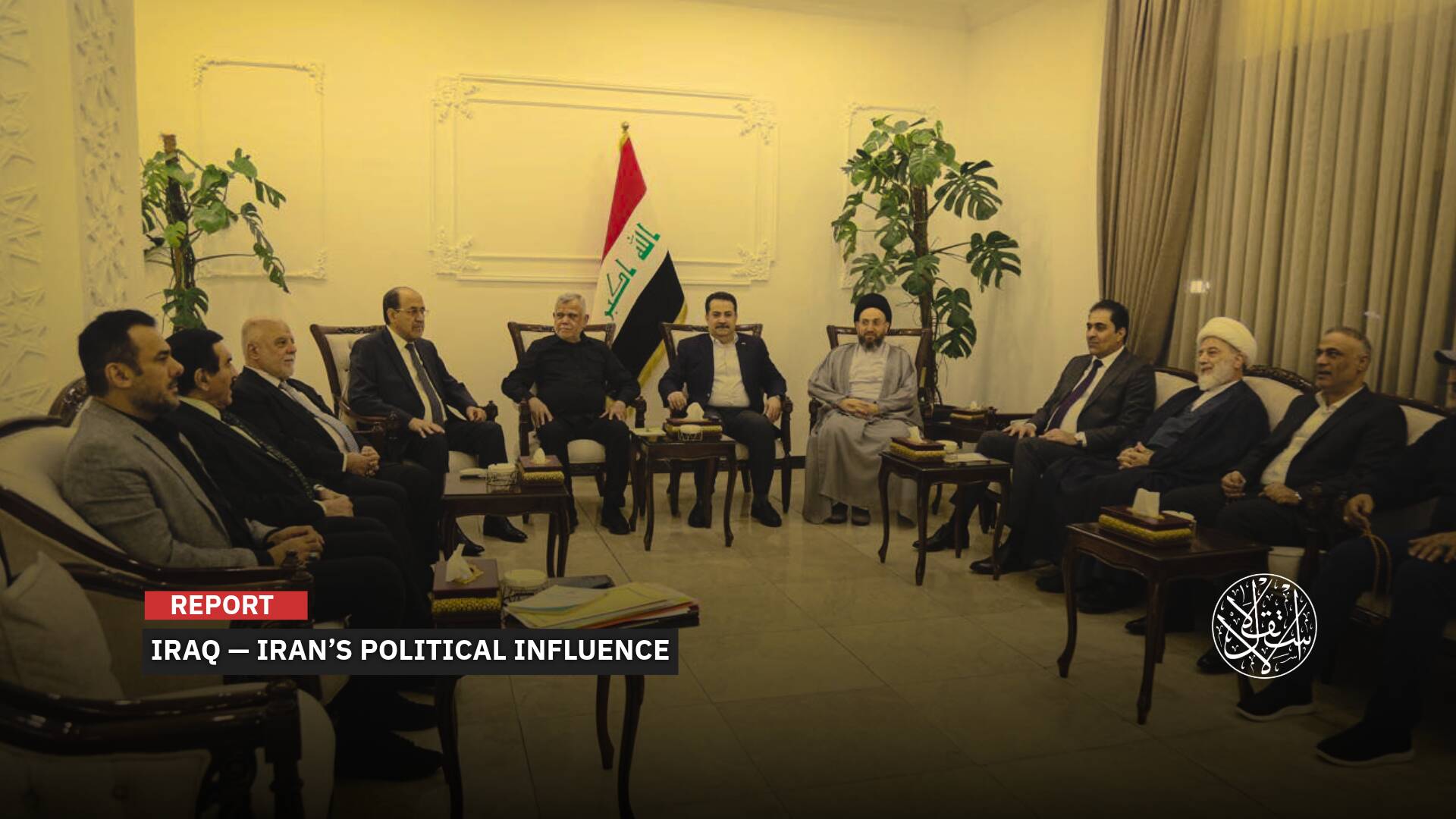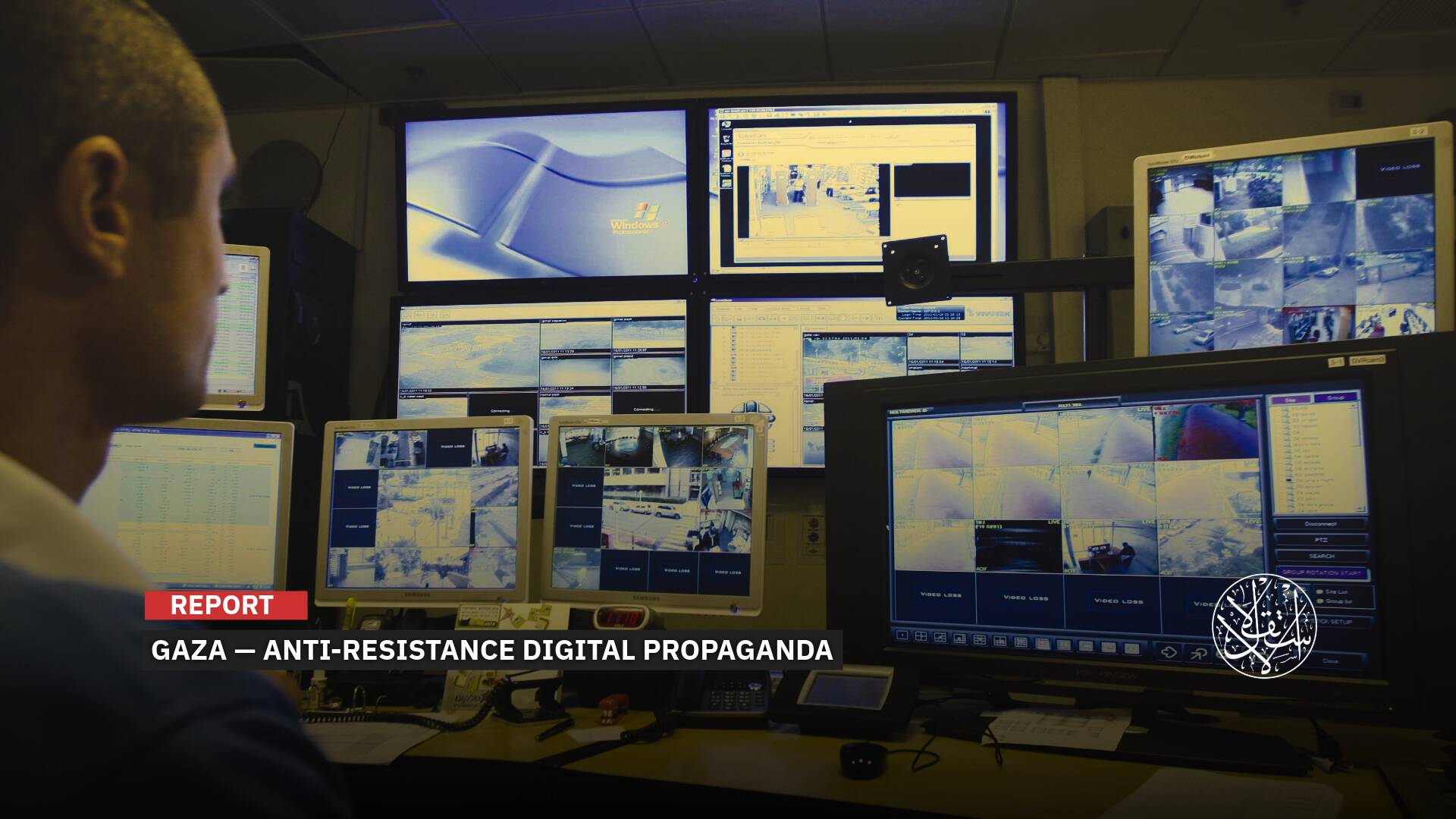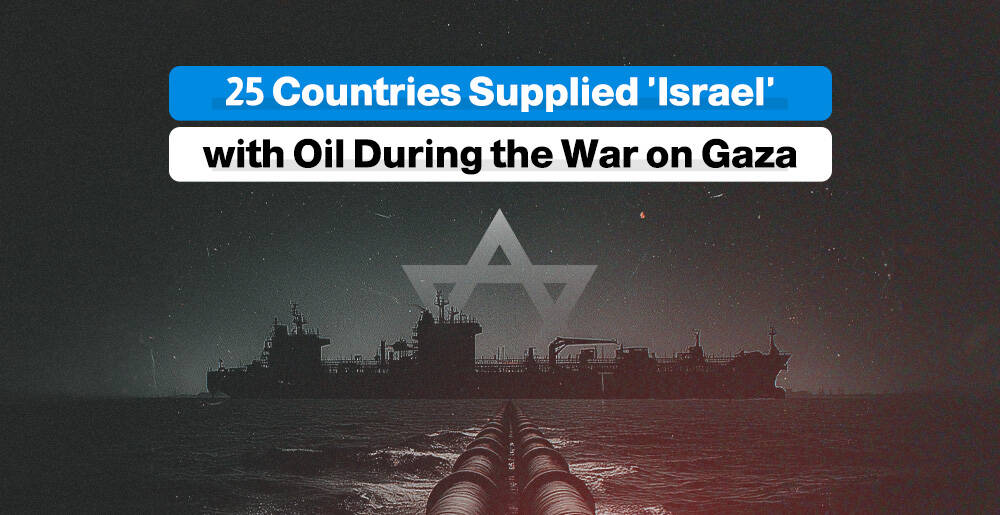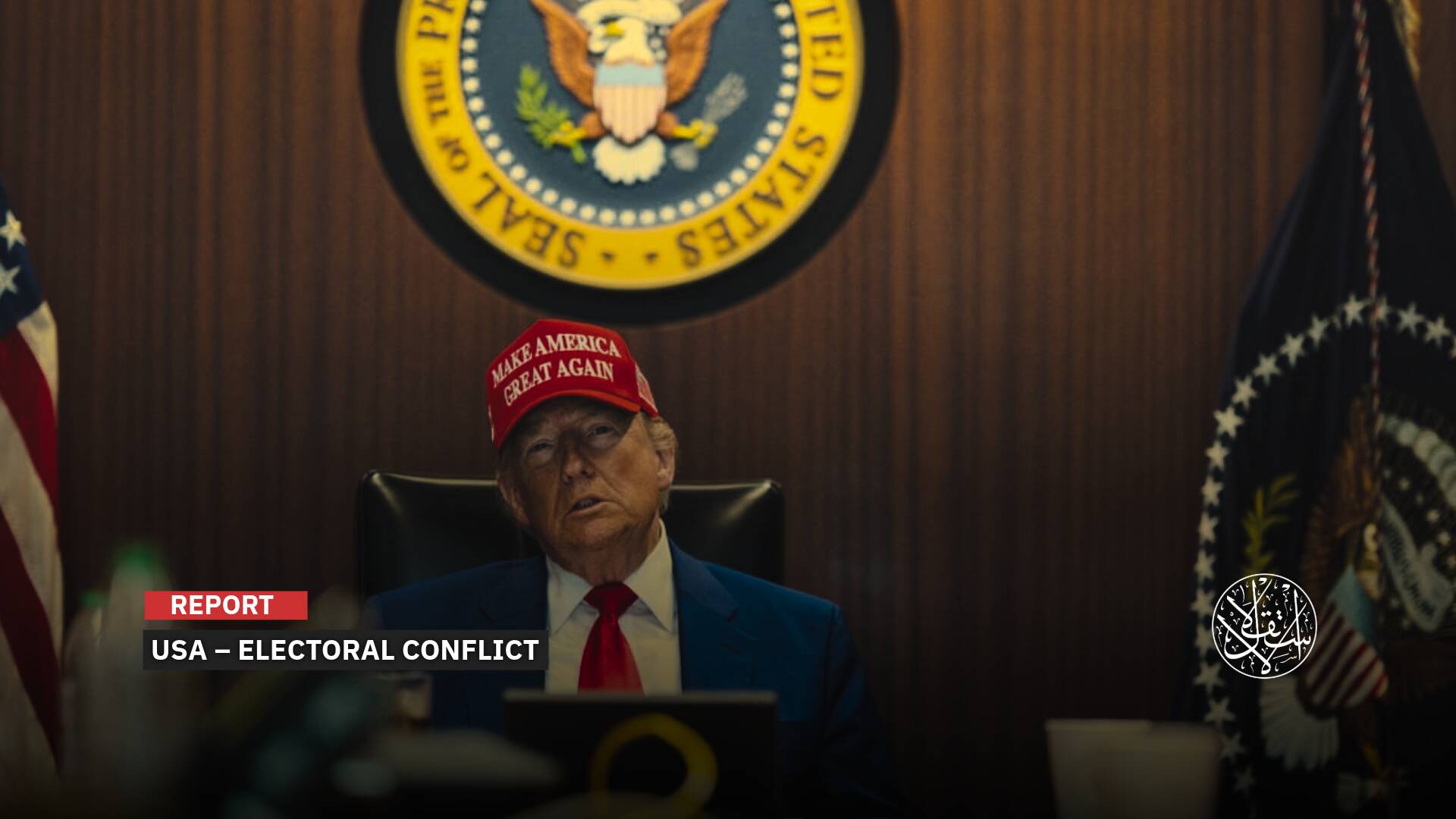A New Deterrence Equation: What Iran and ‘Israel’ Gained and Lost in the War

Everyone claimed victory at the end of the first major showdown between Iran and “Israel.”
President Donald Trump’s dramatic announcement of a ceasefire between Iran and “Israel” came as a surprising twist, though not entirely unexpected. It followed his familiar pattern of wrapping up each escalation with talk of “peace” and his ambition to secure a Nobel Prize.
On the night of June 24, 2025, Trump surprised the world—and even some of his senior aides—by announcing on social media that “Israel” and Iran had agreed to a ceasefire, bringing an end to what he called the “12-Day War.”
Just hours later, all sides rushed to claim victory in “a conflict” that marked the first long and intense military confrontation between Iran and the Israeli Occupation. Each insisted the war had fulfilled its goals. It is worth mentioning that “Israel” started this aggression on Iran on June 13, 2025.
However, according to various reports and expert assessments, the early end to the war, called by Trump himself, appeared to be aimed at helping all parties save face. Each side walked away with both gains and setbacks.
Trump’s sudden declaration officially ended the 12-day war started by “Israel”, but the ceasefire remains fragile. With its terms still unclear, many questions remain unanswered.
For instance, what will become of Iran’s uranium stockpile? Will the U.S. attempt to secure a nuclear deal again ?
What promises did Washington make to the Israeli Occupation? What commitments did Qatar give to Iran? And how do the actual results compare with the stated goals of each party?
Some believe Trump achieved the media spectacle he was aiming for. Israeli Prime Minister Benjamin Netanyahu secured “significant advantages” in his war on Iran, including control over its airspace and the targeting of multiple strategic sites.
Iran, meanwhile, emerged with its pride intact, having unleashed a wave of missile strikes on “Israel,” many of which slipped past Israeli Occupation “defenses.”
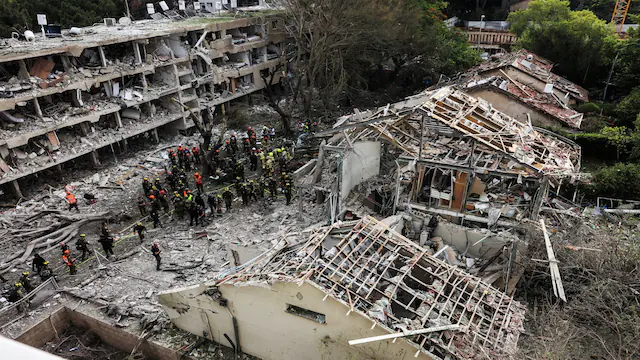
‘Israel’s’ Gains and Losses
“Israel” has portrayed the outcome of its recent war on Iran as both a military and political success. Officials argued that the main objective was to maintain strategic dominance by dealing a decisive blow to Tehran—considered “the last major regional challenger”—as part of a broader plan to reshape the Middle East.
To some extent, the Israeli Occupation succeeded. Intelligence and military attacks inflicted significant damage on Iranian targets. But the hit fell short of its full aims, largely due to the scale and persistence of Iran’s response, which went far beyond previous patterns.
Although Prime Minister Netanyahu achieved some battlefield successes, the war reinforced a long-standing reality: “Israel” remains unprepared for a prolonged direct confrontation, and its “defense systems” are not impenetrable. Iran’s missile and drone attacks managed to reach deep into Israeli occupation territory, raising serious questions about national readiness.
Analysts in both “Israel” and the West agree that the Israeli war had some high-impact moments—hitting parts of Iran’s nuclear infrastructure, eliminating key figures, and drawing in U.S. support for strikes on strategic targets. Still, the war’s declared goals were only partially met, if at all.
The first objective—dismantling Iran’s nuclear program and halting uranium enrichment—was not fully achieved. Iran retained its stockpiles and kept its program largely intact, despite the loss of personnel and physical damage to facilities.
The second goal—crippling Iran’s missile capabilities—was also unmet. Iran launched waves of ballistic and hypersonic missiles that managed to bypass “Israeli defenses” and hit multiple sensitive locations.
A third aim—toppling the “Iranian regime” and replacing it with one loyal to the West—was far from realized. In fact, the Iranian leadership appeared to emerge more unified and struck back hard at “Israel’s” local spies.
The fourth objective—severing Iran’s ties with its regional allies—also failed. Iran’s influence across the region, particularly through groups like Hezbollah and the Houthis, remains intact. Those allies stayed active and continued to assert their presence throughout the Israeli war.
Even Israeli officials have acknowledged Netanyahu’s failure. Former War Minister Avigdor Lieberman described the ceasefire agreement as a strategic loss for “Israel,” predicting that a new, more dangerous war is likely in the near future. He pointed out that none of “the original goals”—neutralizing Iran’s nuclear threat, dismantling its missile program, or weakening its government—had been achieved.
The result is an emboldened Iran that shows no signs of backing down. It retains its nuclear ambitions, continues to develop advanced missile technology, and has gained public backing at home and sympathy from parts of the region. The war, if anything, strengthened Iran’s image as a central power in the Middle East.
Within “Israel,” while officials downplayed the scale of the damage, the strikes disrupted daily life and revealed vulnerabilities. Civilian areas, infrastructure, and strategic sites were all hit. Important scientific and industrial facilities suffered serious impacts, and the sheer volume of attacks overwhelmed “defense systems” at times.
In return, the Israeli Occupation pointed to certain “gains,” including U.S. military involvement, direct strikes on Iranian nuclear facilities, and the elimination of senior Iranian personnel. But even these “accomplishments” have done little to change the core reality: Iran remains a formidable power in the region—more hostile toward Tel Aviv, with a stronger government and greater internal cohesion, bolstered by the images of destruction in “Israel” and its unprecedented missile strikes in the history of the Middle East.
Ultimately, this round of conflict did not produce a clear winner. Each side claimed victory, but both suffered setbacks. And with tensions still high and no lasting agreement in place, the possibility of another confrontation looms large.
The War Minister said the continued survival of Iran’s government is expected to boost regional resistance movements against “Israel,” especially after the U.S.-backed efforts to weaken Tehran failed.
According to a post-war assessment aired by Israeli Army Radio, the damage inside “Israel” was described as “relatively limited” and largely confined to the home front.
Iran’s missile strikes killed 28 Israelis and wounded 1,319 others, including 17 in critical condition and 29 with moderate injuries. The attacks caused widespread destruction, damaging hundreds of residential units and resulting in still-uncalculated material losses.
According to the Israeli Occupation’s own narrative, Iran launched between 500 and 550 ballistic missiles and carried out over 1,000 drone attacks, severely damaging dozens of targets.
Strategic sites were among those hit, including facilities operated by Bazan, the company responsible for managing the oil refinery in Occupied Haifa, and the Weizmann Institute of Science in Rehovot, south of Tel Aviv.
As for “Israel’s” claimed gains, they include drawing the United States into the offensive on Iran, striking three nuclear facilities, assassinating 15 senior Iranian nuclear scientists, and destroying 65 percent of Iran’s ballistic missile launch bases.
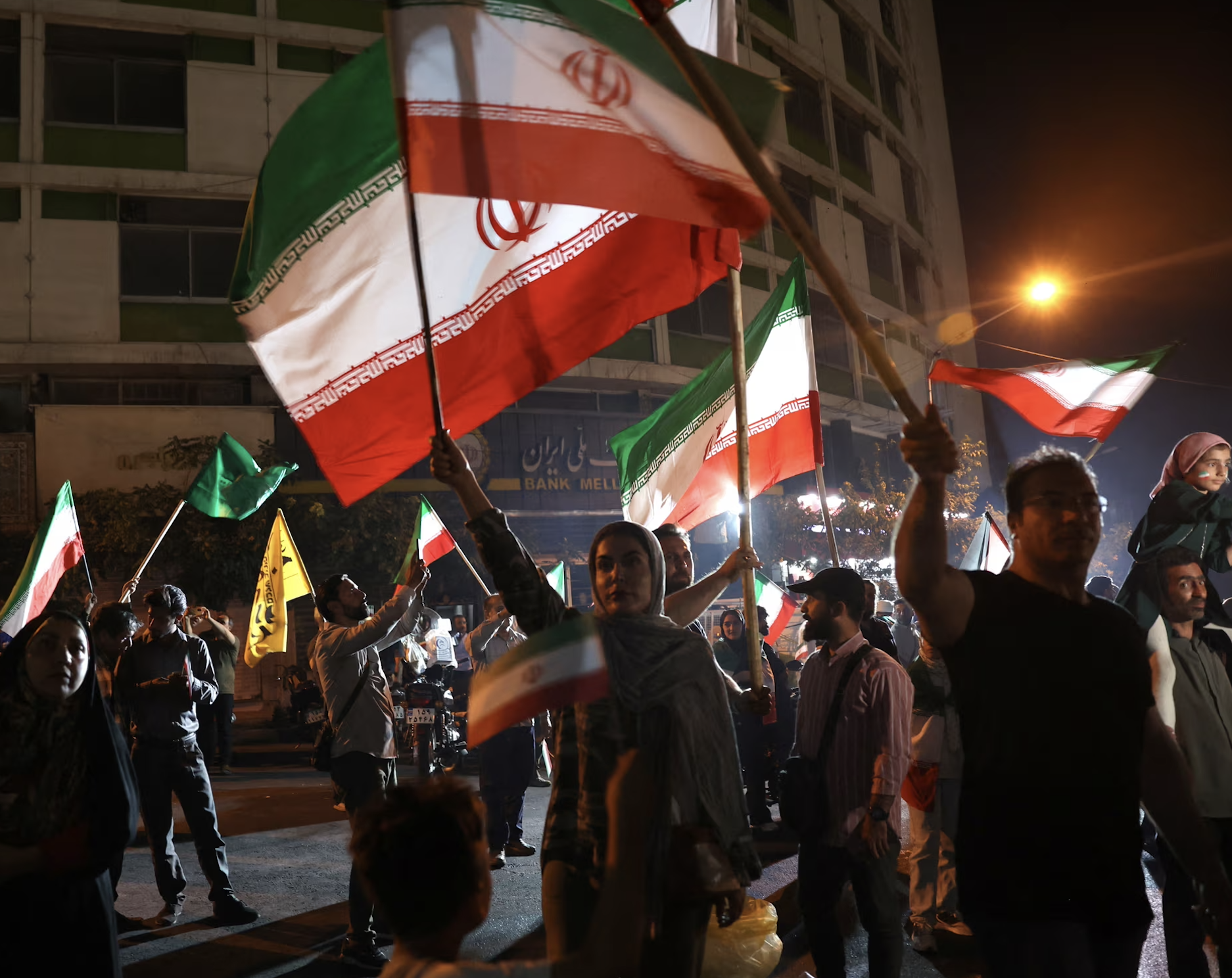
Iran’s Gains and Losses
Iran emerged from the war having suffered significant strategic, human, and economic losses—but it remained standing. This resilience, according to several analysts, may have been what ultimately led Trump to impose a ceasefire on “Israel,” fearing that a prolonged “conflict” would backfire.
Despite the cost, Iran managed to preserve its leadership, its missile capabilities, and key parts of its nuclear program—especially its stockpile of enriched uranium, considered essential if it ever decided to build a nuclear weapon.
Reports from Western and Israeli sources suggest that Iran retained its ability to deter future attacks, while maintaining enough highly enriched uranium to keep its nuclear ambitions within reach. Analysts believe that this capacity alone was a critical reason Iran was able to claim strategic survival, if not victory.
Ian Stewart, the executive director of the Washington office of the James Martin Center for Nonproliferation Studies (CNS), wrote on Bluesky: “There are 10 nuclear weapons’ worth of material (60% HEU) out of control and the IAEA doesn’t know where it is. It should be the major concern.”
Iran’s Supreme National Security Council issued a statement the same day, claiming that the enemy [the Israeli Occupation] had been forced to regret its aggression, admit defeat, and unilaterally halt its attacks.” Iranian media echoed this message, framing the ceasefire as a win imposed on the Israeli Occupation following Iran’s military response to the American aggression and its retaliatory strikes on the U.S. Al Udeid base in Qatar.
U.S. media reports, meanwhile, suggested that Washington’s airstrikes had little to no effect on Iran’s nuclear infrastructure. Key facilities were not seriously damaged, there were no radiation leaks or casualties, and uranium stockpiles had reportedly been relocated ahead of time. Missiles struck the outer structures of some sites but failed to reach the core of Iran’s nuclear operations.
This fueled speculation in Western circles that Iran may escalate its stance toward the International Atomic Energy Agency (IAEA)—possibly severing ties after accusing it of espionage—and could even withdraw from the Treaty on the Non-Proliferation of Nuclear Weapons.
On June 24, Iran’s Islamic Consultative Assembly approved draft legislation calling for a suspension of cooperation with the IAEA. Iranian officials hinted that further steps, including withdrawal from the treaty itself, were under consideration.
According to Politico, the U.S. attacks may not have been enough to stop Iran from resuming full-scale nuclear activity—and might even accelerate a political decision in Tehran to pursue weaponization.
Former Secretary of State Antony Blinken echoed this concern in a New York Times op-ed published the same day. He wrote that military simulations under the Biden administration had already predicted this scenario: that an attack on Iran’s nuclear sites could push the government to scatter its assets and rush toward building a bomb—the very outcome the strikes aimed to prevent.

Where’s the Agreement?
Israeli analysts and military officials have argued that the war established a new balance of deterrence—one that may ultimately favor “Israel.” Amos Harel, a military analyst for Haaretz, wrote on June 24 that “the bombings not only set back Iran’s nuclear project [though intelligence estimates have yet to determine by how long], but also established a new balance of deterrence.” He credited this outcome to “Israel’s ability” to inflict “serious damage” on Iran’s air defense systems. Still, he questioned whether the current ceasefire would hold.
Among the lingering questions: Can the U.S. negotiate a tougher nuclear agreement with Iran? And did Prime Minister Netanyahu agree to concessions in Gaza as part of the broader deal brokered by Trump?
For many Israeli experts and officials, the absence of a written ceasefire agreement means Iran is likely to resume its nuclear and missile programs with little to restrain it. Despite the damage to its facilities, nothing currently prevents Tehran from rebuilding its capabilities.
Without a political framework, they warn, “Israel” could find itself dragged into a prolonged war of attrition with Iran—one that would be far more costly and difficult than previous wars in Lebanon or Gaza.
Dennis Citrinowicz, former head of the Iran branch for Israeli military intelligence, told Yedioth Ahronoth that “nothing prevents Iran from restoring its strength.” He stressed that without a formal deal, “Israel is at risk of being drawn into long-term wars.”
Harel echoed this sentiment, writing that a ceasefire without an agreement—”quiet in exchange for quiet—means “Israel,” and possibly the U.S., may strike Iran again if they detect violations. But he also raised a critical issue: “Without a detailed agreement, what constitutes a violation? Can Israel act in response to any renewed Iranian activity in the nuclear field? Can restrictions be enforced again without full-scale war?”
Despite the ceasefire, Israeli officials and analysts widely believe that Iran will continue developing its nuclear program, precisely because the ceasefire lacks any binding political guarantees.
Yedioth Ahronoth quoted officials speculating that Iran might even attempt to bypass international monitoring by purchasing nuclear weapons from other countries or increasing cooperation with Russia and China.
In their view, the war’s success shouldn't be measured solely by damage to Iran’s nuclear facilities but by whether “Israel” can sustain long-term military and strategic superiority.
President Trump, in an interview with NBC News on June 23, claimed that the ceasefire is unlimited and will last forever, predicting that Israelis and Iranians won’t fire on each other again.
“I think the ceasefire is unlimited. It’s going to go forever,” Trump said in the phone interview.
“I don’t believe they will ever be shooting at each other again.”
But many in “Israel” remain skeptical, warning that without a binding deal, the ceasefire may simply be a pause—one that could break at any moment.
Sources
- Antony Blinken: Trump’s Iran Strike Was a Mistake. I Hope It Succeeds
- Trump nominated for Nobel Peace Prize over Iran-Israel ceasefire deal
- Analysis | Israel-Iran War Created New Balance of Deterrence – but U.S.-Iran Nuclear Deal Is Still Far Off
- Israel, US and Iran all claim to have won the war, but who has really gained?
- Analysis: The war between Israel and Iran created a "new balance of deterrence" [Arabic]



